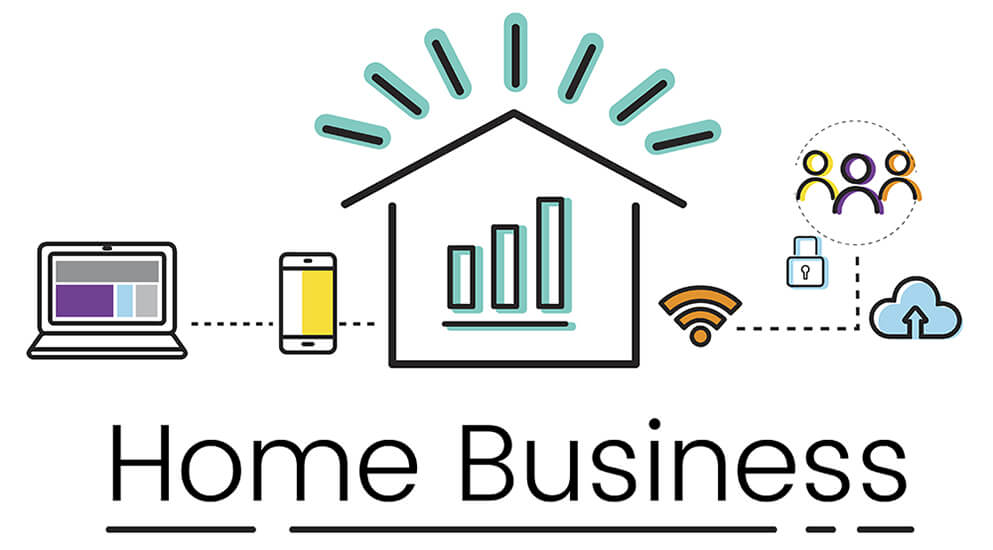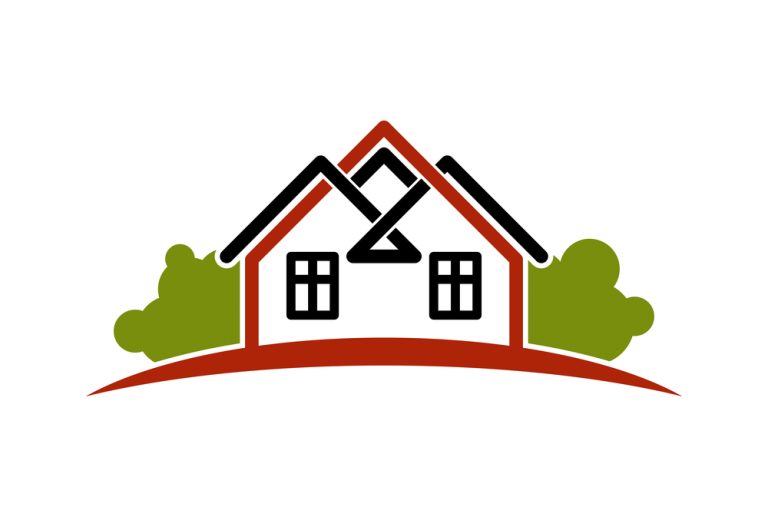
Is Your Home-Based Business Agile Enough to Weather a Recession?
Economists have identified almost 50 recessions, panics, and financial crises in America since 1790. In some instances, one event had scarcely ended before another began. For example, a recession that ended in May 1885 was followed by another that began in March 1887 and lasted until April 1888; this was followed a mere 10 months later by another recession. Between 1893 and 1927, the United States experienced a recession, panic, or depression about every two years. The years covering the Great Depression also included at least one major recession that would have been considered one of the worst in America’s history if it had not been eclipsed by the overwhelming scale of the Great Depression. The 1973 oil crisis, the 1979 energy crisis, the 1990 oil price shock, the collapse of the dot-com bubble, and the Great Recession that started in December 2007 have all had significant impacts on unemployment, interest rates, consumer spending, business profits, and stock prices. The full impact of the coronavirus pandemic may not be known for many years.
As you can see, economic downturns are inevitable. Predicting when a recession might strike, how severe it will be, and how long it might last is a difficult task for even highly educated, well-experienced analysts. There is often little agreement among economists on all the three variables listed. About the only thing you can be relatively certain of is that your home-based business will have to weather at least one recession that has the potential to severely impact your earnings or plans. The more agile your business is, the better you will be able to protect or even grow your business during a recession.
What Is an Agile Business?
If you look up a few definitions of the word, you will find that agile refers to the ability to move quickly and gracefully by being adaptable and resourceful. Agile businesses employ strategies that make it possible for them to react almost immediately to changes in the marketplace, including a shift in customer demand caused by personal economic hardships, a change in what the customer considers an essential purchase, and the basic laws of supply and demand.
Agile businesses see themselves as living organisms rather than inflexible machines. For centuries, stability was considered more important than innovation, but the traditional model is not ideal for the business of today and tomorrow. Agile businesses adapt to new conditions quickly, and they are not afraid to reinvent their companies if it will help the business survive. They are also not afraid to launch a new business if there is sufficient demand for the product or service that may not have existed prior to the recession. For example, during the coronavirus pandemic, face masks were in great demand, but the great number of weddings and other events that were cancelled left home-based businesses specializing in the alteration of wedding gowns or the production of pageant dresses scrambling for income. Several enterprising tailors turned their talents to sewing and selling reusable fabric masks. Personal trainers, yoga instructors, music teachers, and others who could no longer meet with clients in person began offering online classes. With seed companies overwhelmed by the increased demand, some backyard gardeners sold their heirloom seeds online. Two brothers in North Texas launched a new business to design, construct, and install customized raised vegetable gardens after the pictures their mother posted of the one they built for her generated an unexpected amount of interest.
In the traditional business model, decisions are made at the top, filtered through several layers of intermediaries, and then delivered to the workers in the form of detailed instructions that often exist in independent silos. In an agile business, job titles and boundaries are less important than action. The company culture revolves around people who are dedicated to a shared vision, willing to accept responsibility, and empowered to offer suggestions or make decisions. Above all, however, an agile business is flexible, knows how to identify opportunities, and is not afraid seize new opportunities as they arise.
Closing Thoughts
No one knows what the future holds for your home-based business. However, given recent changes in technology, customer behavior, and the global economy, it is almost certain that you will need to make alterations to your business model at some point. These changes will be easier to make if you have already embraced the concept of making your home-based business more agile. One way to make your home business more agile is by investing in a virtual business address. A virtual business will help you reduce your business space cost and provide you with the mobility needed to improve your business agility.



